The Article
ISOL-8 SubStation Integra Mains Conditioner
26th January 2018
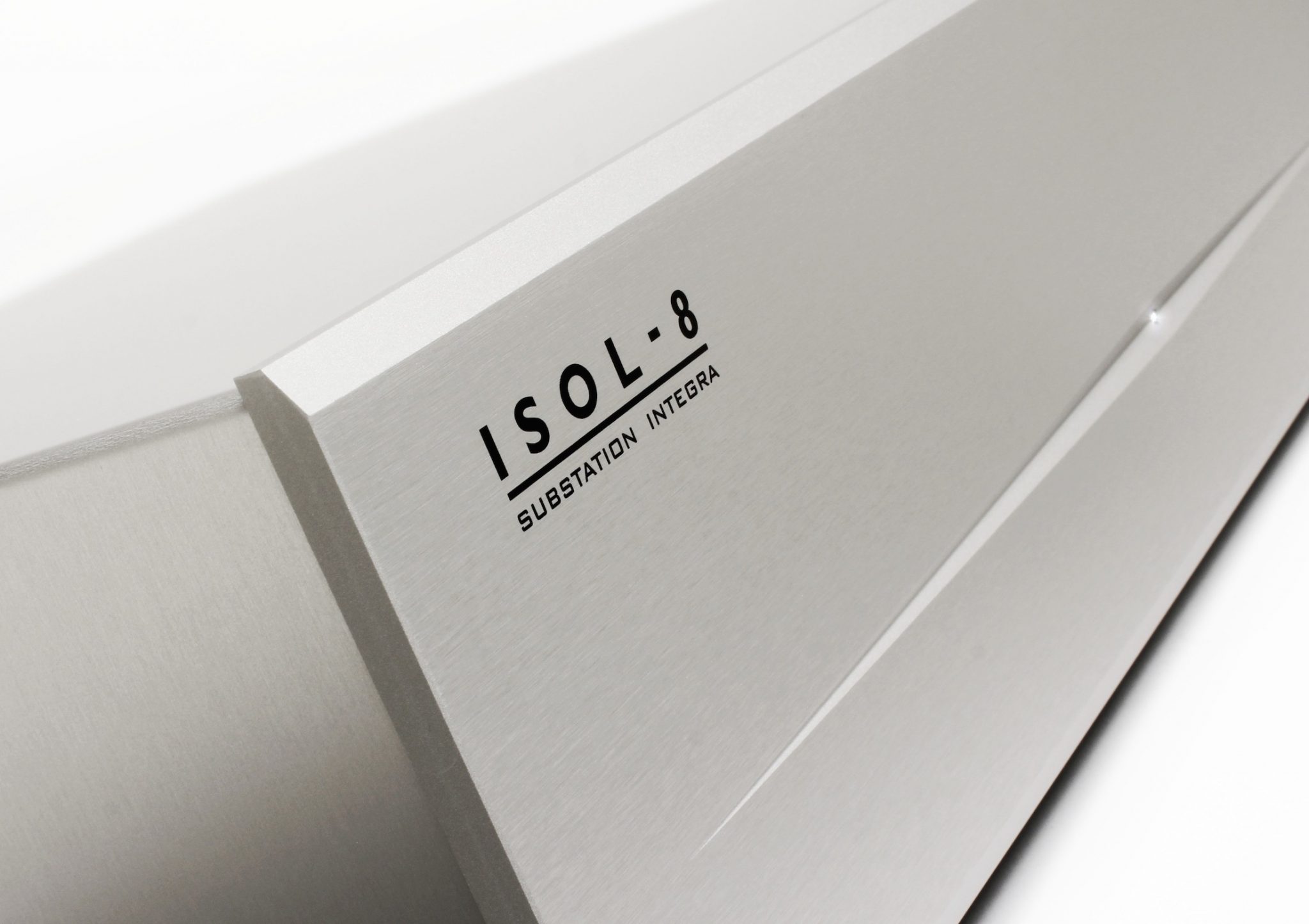
Can mains conditioning improve sonic performance from a typical hi-fi? Paul Rigby checks out ISOL-8’s Substation Integra to find out
The mains, the electrical mains supply that is, is a nasty place, if you’re an audiophile, that is. The mains produces lots of power and can boil a kettle like a good’un but, if you want to do something specialist with it like play a piece of vinyl, then there’s issues. I’ve never boiled a kettle and wished that the whistle emanating from the same was a little less bright in the upper mids. I have wished that Miles Davis’ trumpet solo was not as screechy sounding during crescendos. Both sounds are ultimately powered by the mains, both require different source requirements.
How to describe the common or garden mains? Let’s imagine that we’re a few thousand feet upwards, standing by a mountain spring. Look at the flow of water. Look carefully. It’s water, yes, but what else? Well, in this case, nothing of any note. In fact, you can see right through it to the stone beneath. The water is pretty pure ‘as is’. Good enough to drink and to feel good doing it, eh?
OK, let’s run back down the mountain again and find a polluted urban waterway. Shouldn’t be too hard to search out one of those.
Look into that poor excuse for a stream. Firstly, it’s a struggle to actually see through it because it’s a sort of browny, greeny colour. Then there’s crisp packets in there. Bits of paper I see. There’s a supermarket trolly, a bike and some gooey stuff that looks…ok, let’s not go there. Oh, and is that dead body rushing past?
This stuff can still be described as water, folks. But is this stuff good enough to drink? It you’re interested in a dose of cholera, then maybe so.
Think of the mains like that. You might have electricity in there but there’s lots of other stuff too. Now instead of the stream example I gave above, where you could see the rubbish, for the mains, well you can hear the rubbish instead.
And the rubbish is? Noise picked up from the rather industrial hardware that produces it in the first place. It’s there to do a job, not give you a gold standard. Also, mains electricity tends to pulse so it can take the noise from electrical components back into the mains supply and then spread it around, rather too democratically. This includes your fridge, washing machine, your TV/computer and surround sound and more. But not just yours, your neighbour’s gear too. Even your neighbours from way up the road there. And not just that, the street lights and anything else knocking about. Urban areas experience more noise than country areas because there’s more electrical activity going on and more people living closer together (and, I must add, this review will be of more value to urban readers than country folk – although everyone should benefit).
This is why, if you live in a town or city, your hi-fi sounds better late at night. Because everyone else is in bed and not using their electrical gadgets.
All of this mains rubbish feeds into your hi-fi and does terrible damage. What does it sound like, the rubbish I describe? Well, you don’t really hear it at all. That’s the nasty part about it. That’s why most people ignore the problem. If this stuff sounded like an ambulance or a pneumatic drill then you’d sort it, wouldn’t you? This mains noise is more insidious. You only notice it when its gone because it’s subtle noise that masks music. The more of this stuff that you have in your mains, the more music you lose by this veiling. I’m talking delicate stuff like reverb, little vocal nuances, the change in tone when a musician really puts a bit of welly into a guitar strum. That kind of thing. Because you loose this important information, you’re really only hearing around 70% of the full capabilities of your hi-fi system. You’re wasting money.
I have reviewed mains products before including balanced power units from the likes of Russ Andrews and Vertex AQ but this example from ISOL-8 is different. The SubStation Integra is a very busy power conditioner, built with the intention of helping you to actively strip the rubbish from your mains. So, you plug your hi-fi into this box and then the box into the mains itself.
The unit features a physically separated high and low/medium current topology. All internal wiring is silver plated with PTFE insulation.
The Integra employs separate filters for each outlet, external noise and noise generated from within the system are both blocked. Each filter section can then be designed for its dedicated load and cross contamination from one component to another reduced.
Included filters are designed to combat all major types of transmitted electrical noise, both differential and common mode. Asymmetrically present in Live and Neutral conductors, differential mode noise is, “…costly to effectively attenuate and is often simply ignored by many other mains conditioners,” said the company.
Any mains waveform that is not symmetrical in energy content will contain a DC voltage component. The AC transformers fitted to your equipment’s power supply are, “…compromised by DC, partially saturating their magnetic circuit.
The ISOL-8 circuit eliminates this common mains problem, suppressing acoustic hum and liberating system performance,” the company added.
Also, the mains can exhibit short term voltage spikes and surges. These events can cause damage to unprotected components. ISOL-8 protects you with an “energy absorbing network”, clamping dangerously high voltage peaks.
A latching Neutrik 20 amp input connector allows for a 16 amp capacity.
In effect, you’re given four sockets for sources such as a turntable and CD player plus two for power units such as amplifiers. I used an IsoLink Ultra cable to connect the box to the wall socket.
SOUND QUALITY
There are hi-fi users out there – many with some tasty pieces of hi-fi kit too – that pay absolutely no attention to the mains in terms of removing harmful noise. Hence, I wanted such a scenario to be my initial ‘reference’: if you can call such a chaotic scenario a reference at all. Hence, I plugged my expensive hi-fi system, plus expensive interconnects and even higher end mains cabling, into a basic mains block. Something you might snatch from hardware store for around a tenner. Unrealistic? Far from it. I’ve spoken to many hi-fi users, some who count themselves enlightened enough to own quality cabling plus lots of isolation in terms of shelving and supports, who suffer from mains blindness but the time the hi-fi reaches the mains termination point.
I began testing the Integra with Public Image’s self-titled track from their debut LP, First Issue. There was much to like within this track but there should be, considering the hi-fi powering it. That said, there were issues.
Firstly, John Lydon sang this song using his trademark higher registers which resulted in the upper mids sounding rather pinched and harsh. The guitars were also resident in this area, adding to the harshness, giving the vinyl version a rather edgy, metallic CD-like presentation. More than that, Jah Wobble’s sub-bass bass guitar was, well, wobbly to be frank. It lacked focus and bloomed everywhere. So, instead of acting like a rhythmic beat, it seeped like a flooding river under your door. The reference hi-fi system dis a great job of isolating the delicate treble ‘tings’ from the combative percussive attack but, once there, the masking noise degraded that sound into a frozen, brittle response.
The largest problem that this configuration offered was not an immediate one. Only after several repeated listens to this track did I realise that I was now suffering from listening fatigue. Even if your conscious hearing doesn’t ‘hear’ any problem – your brain knows that there’s an issue and tries to continually adjust, then reminds you of the fact by introducing a convenient weapon of its own: a headache. That’s what was happening to me.
I then inserted the Integra into the hi-fi chain. And I then suffered writer’s cramp because so much happened. All at once. And very quickly. And I found it tough to get it down on my computer fast enough.
First up? The soundstage was so much larger. We’re talking extremes from broom closet to Albert Hall here. The difference was stark. I even moved my head back an inch to cope with it all. The band took up far more space ahead of me. This meant that each instrument now had extra room to perform, giving the entire track a more relaxed and certainly more flowing presentation. The song was also over in a jiffy instead of dragging on as it had before.
Next? That bass. Now, each string pluck was a separate moment in time. Each had a beginning and an end. This new focus gave the song a new driving force that increased the speed of the song, giving it new direction and power.
Speaking of power, the drums were now an expansive entity. Each drum strike offered its own specialist reverb tail that extended in time. That is, the time from the initial hit to the end of the note was actually longer now.
Lydon’s voice offered great control. His fabulous performance was now listenable which added clarity to the lyrics. It was now far easier to hear what he was singing about.
The conversation in this song is, arguably, via the skilful guitar from Keith Levine. His rolling guitar patterns made much more sense now. That guitar could enter into distortion far too easily on an uncontrolled hi-fi. Here, with the Integra, the Levine ‘sound’ was just, well, impressive. A guitar symphony on its own.
I moved up from my dodgy mains block to a standard block of quality from Nordost, a Quantum Qbase QB6 full of added extras such as star-earthing and the like. This is not a conditioner but it is a quality mains block that retails around the £1,200 area.
I eased the tempo down with Nancy Wilson’s jazz-inflected You’ve Got Your Troubles. The Nordost did offer a much better basic level sound quality. A larger soundstage, a sense of clarity and detail around the midrange and more. A whole lot better than the basic hardware model, it’s true.
The Integra though, extended the size of the soundstage still further and introduced a very smooth midrange which gave Wilson’s voice a sultry and attractive presentation. More than that, the midrange provided new insight. The strumming guitar on the right channel exuded new detail and added information in terms of the strings themselves. Instrumental separation also revealed new instruments within the backing orchestra while secondary percussion from the likes of the tambourine provided a characterful and more rounded personality.
CONCLUSION
Everyone will benefit from the Isol-8 SubStation Integra but those in urban environments will see this box as a god-send, revealing previously hidden detail and presenting the music as it should without, I almost forgot to add, without harming the dynamic extension. Unlike some conditioning brands out there, you never feel that the Integra rounds off the treble or the midrange. Extension remains present and correct, a big relief.
And ‘relief’ is the one word I’d use when listening to the ISOL-8. After listening to an infected mains supply, switching to the Integra makes you physically take a breath of relief. While uttering a quiet word of thanks that you can finally listen to your music as it should be heard.
ISOL-8 SUBSTATION INTEGRA
Price: £2,199 (£2,299 for unit in black). The IsoLink Ultra cable is £270
Tel: 020 8856 8856
Email: [email protected]
Website: www.isol-8.co.uk
Good: noise removal, easy to use, build, spacious mids, focused bass, clarity
Bad: nothing
RATING: 8
REFERENCE SYSTEM
Origin Live Sovereign turntable
Origin Live Enterprise 12″ arm
Transfiguration Proteus cartridge
Icon PS3 phono amplifier
Aesthetix Calypso pre-amp
Icon Audio MB845 Mk.II monoblock amplifiers
Quad ESL-57 speakers with One Thing upgrade
Vertex AQ & Tellurium Q cable
Blue Horizon Professional Rack System
Harmonic Resolution Systems Noise Reduction Components
All vinyl was cleaned using an Audio Desk’s Ultrasonic Pro Vinyl Cleaner

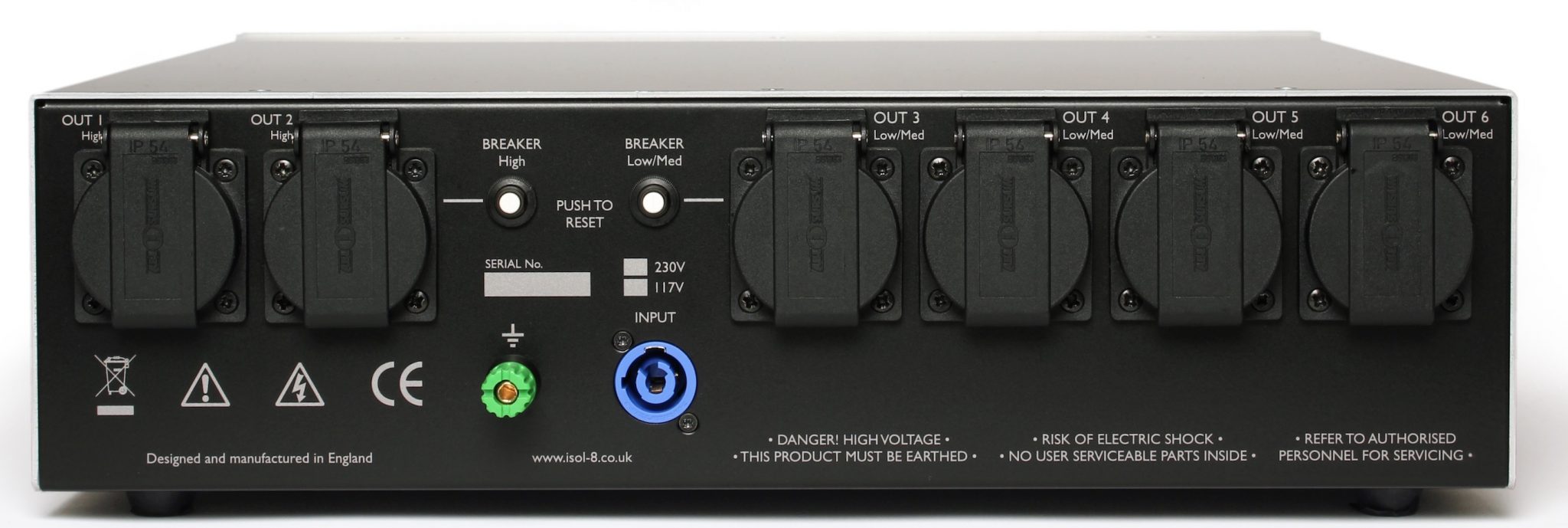
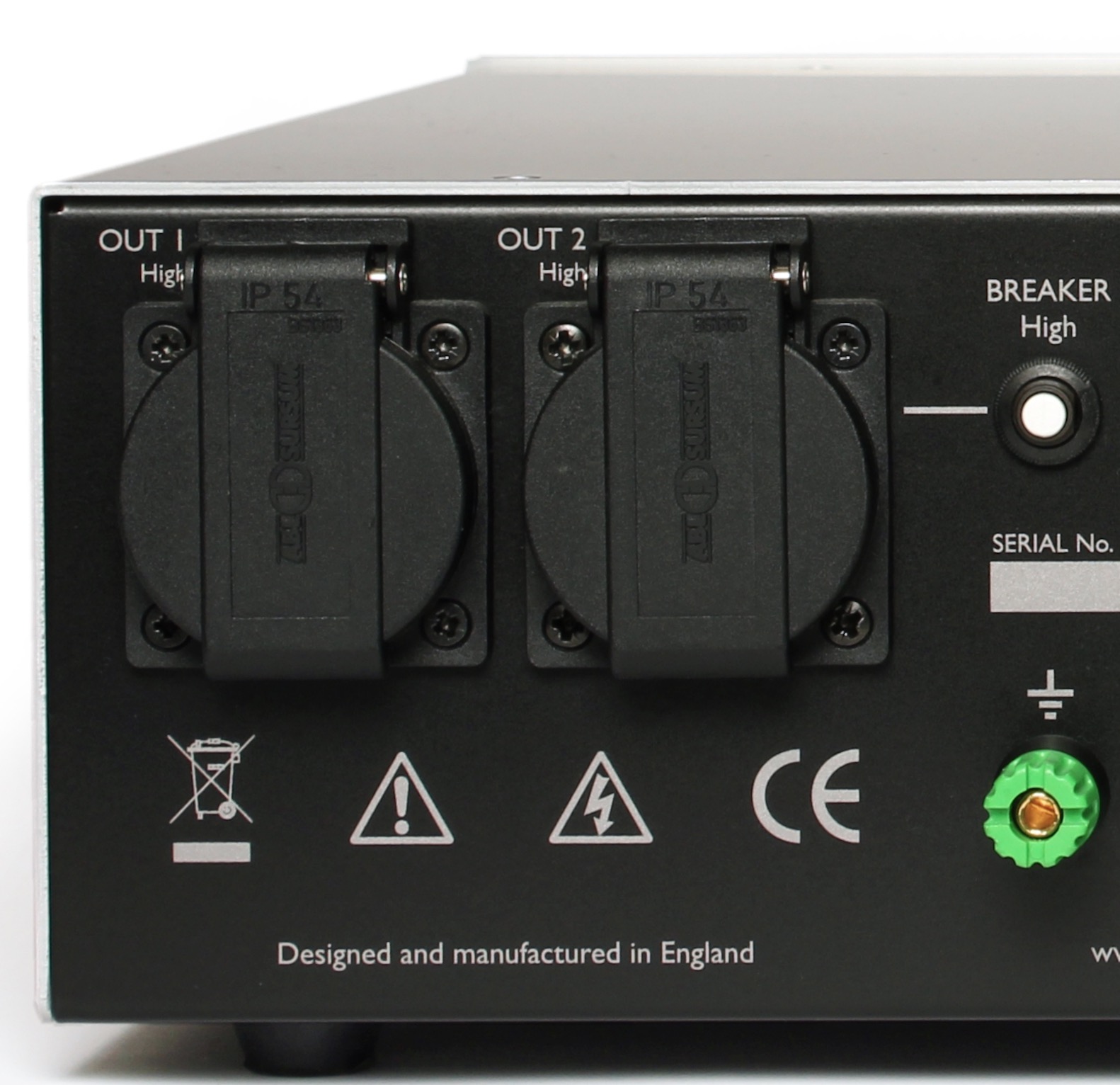
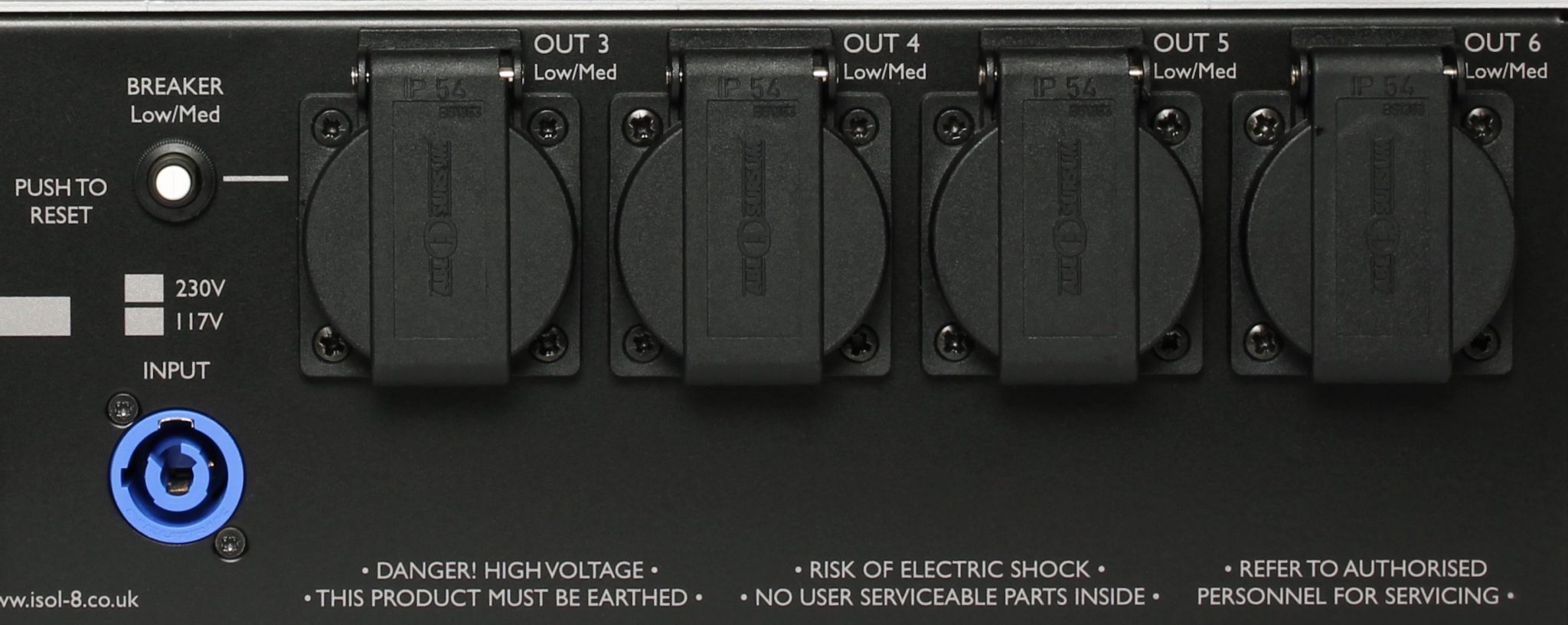
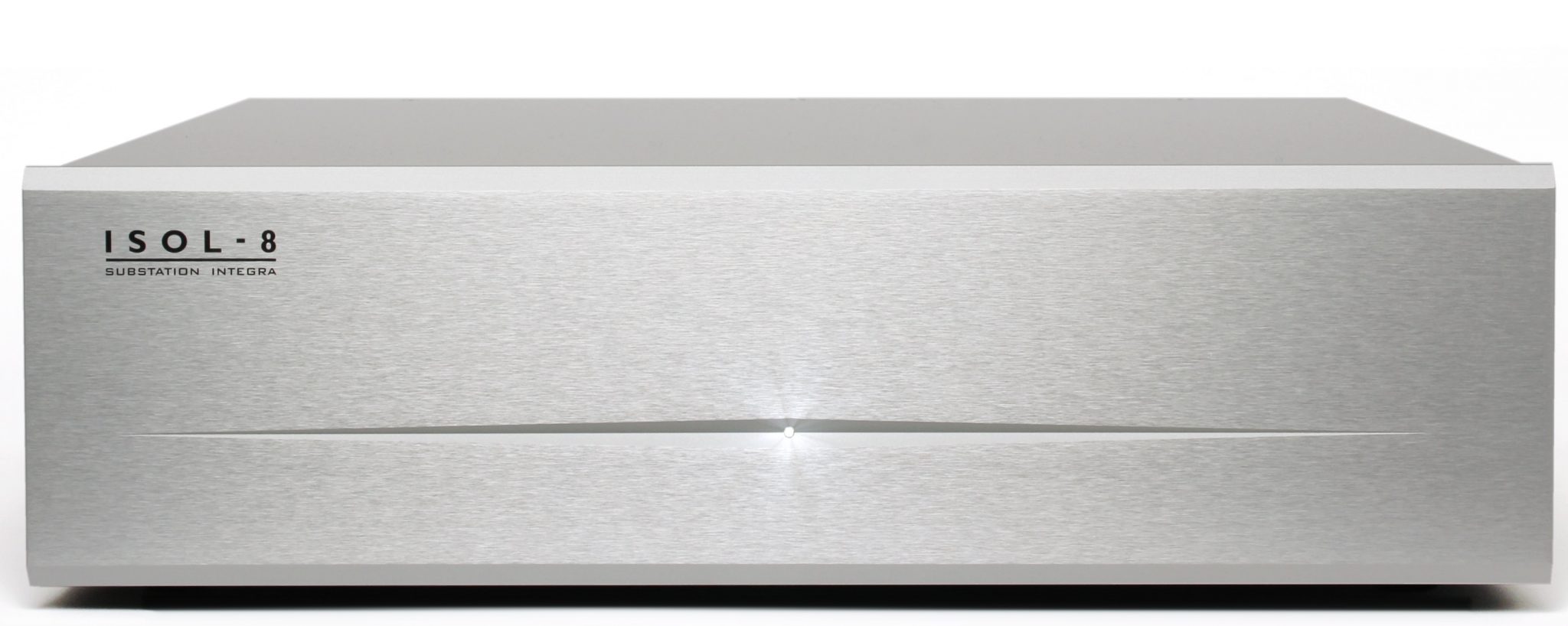
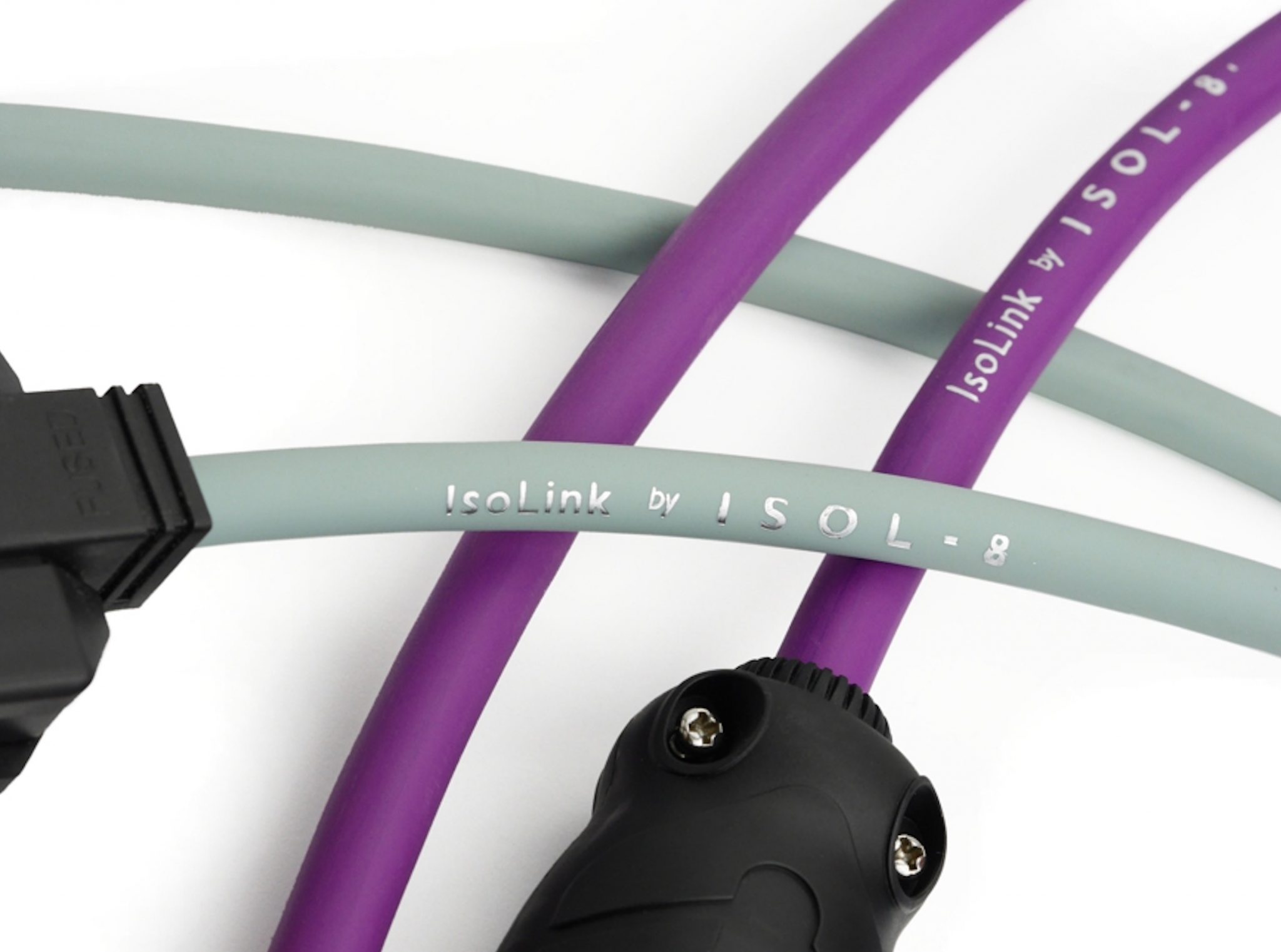
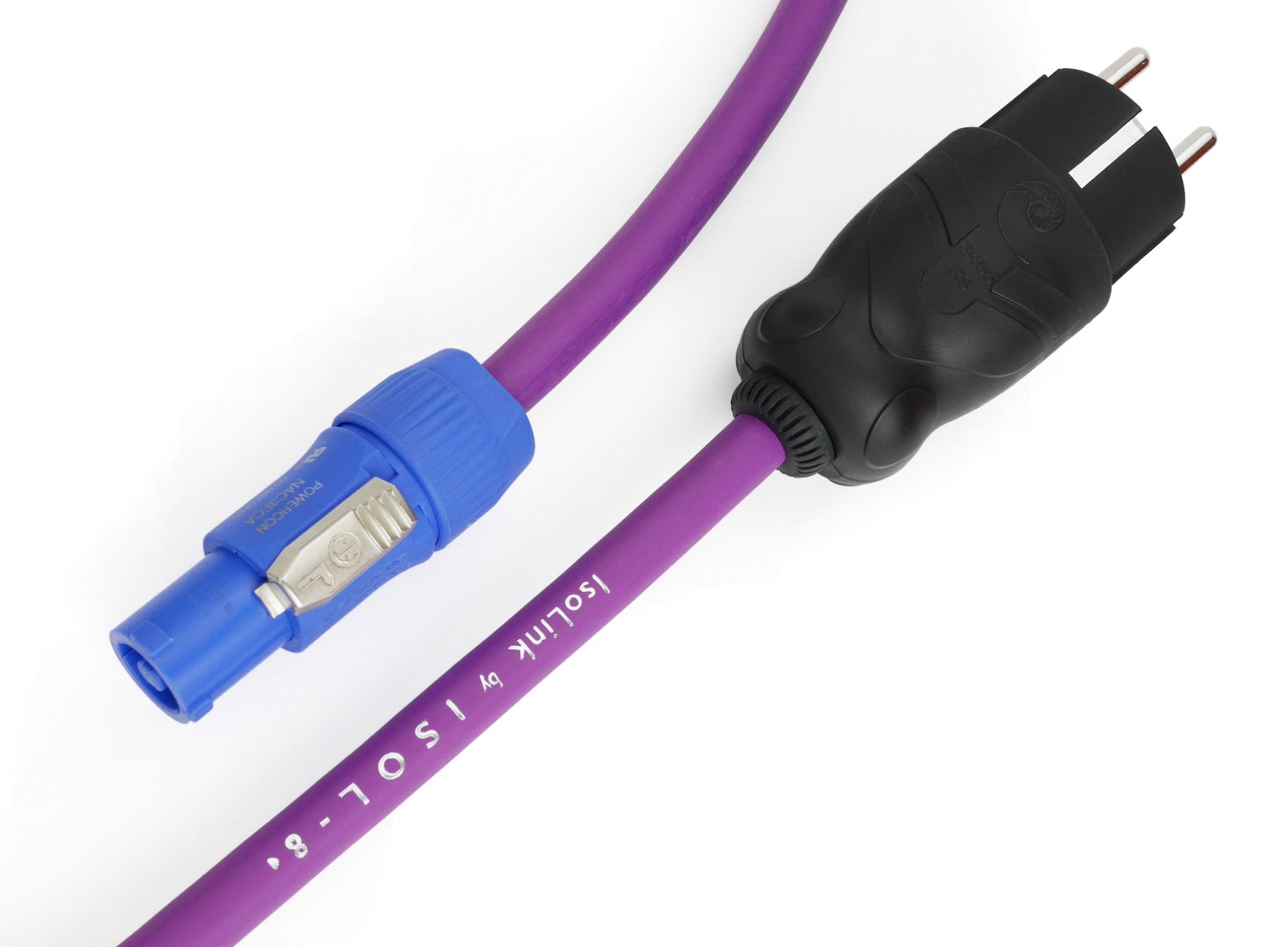



I need four cables, two quite ling ones (2.5m). Hoping not to pay much more than £500 for these.
Hi Mark – Hmmm, my advice is too…wait until tomorrow. Check out a new review dedicated to Titan Audio mains cables. Might just be what you’re after 🙂
£500 and 4,
Hi Paul,
Do you find the unit has any negative effects on dynamics ?
Cheers
Paul
Australia
I think you can glean that info (and more 🙂 ) from the Sound Quality tests, Paul.